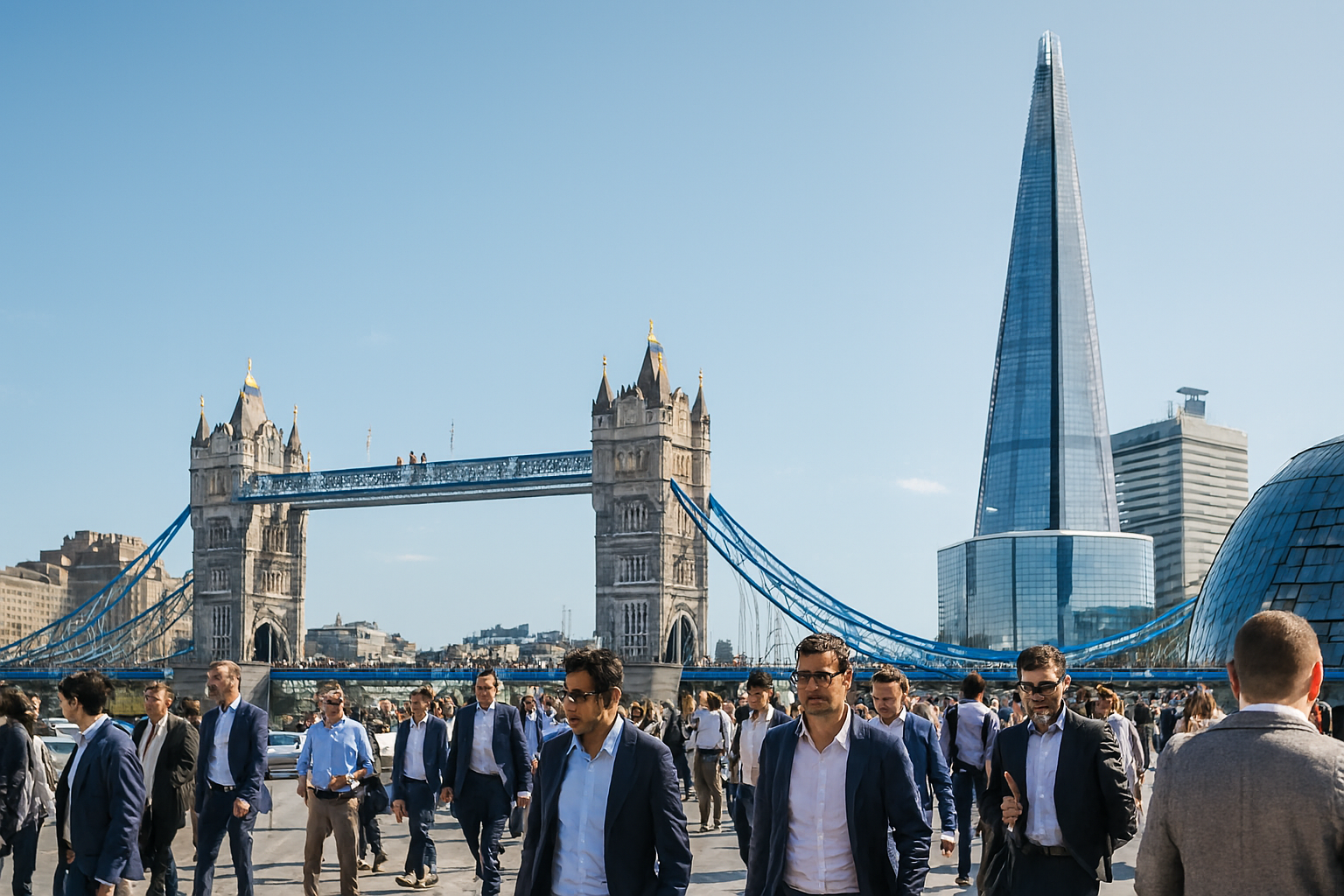Are you ready to design your own 3D printing table? Whether you’re new to designing or have experience, this article will give you valuable considerations and tips for success. Learn about proper adhesion, bed leveling, dealing with overhangs and support structures, and more. Discover base design recommendations, bridging techniques, and clearance requirements. Dive into the world of 3D printing table design and optimize your printing processes.
Proper Bed Leveling and Adhesion
To ensure successful 3D printing, proper bed leveling and adhesion are essential. Bed leveling techniques play a crucial role in achieving consistent and accurate prints. Using bed leveling tools, such as a leveling probe or manual adjustment screws, ensures that the print bed is perfectly level. This prevents issues like uneven first layers and adhesion problems.
Improving adhesion is another important aspect of successful 3D printing. Troubleshooting adhesion issues can be done by adjusting the first layer extrusion thickness in the software. Increasing the thickness helps the filament stick to the bed more effectively. Additionally, adding a brim or raft around the print can provide better adhesion, especially for models with small surface areas. Turning off fans for the first layer can also help the filament adhere properly.
Choosing the right bed adhesion materials is crucial for successful prints. Different materials, such as painter’s tape, glue stick, or specialized adhesive sheets, can improve adhesion depending on the filament being used. It’s important to experiment and find the best material for your specific needs.
Dealing With Overhangs and Support Structures
- Address the issue of overhangs and support structures by considering the angle of overhangs in your 3D printing models. Designing support structures is crucial to ensure successful printing of overhangs. Optimizing overhang angles can minimize the need for extensive support structures, reducing support material usage and improving support removal.
When designing your models, it is important to consider the limitations of your printer. Most printers have a limit on unsupported angles, typically around 45 degrees. Thin air-supported areas with angles beyond this limit are prone to falling during printing.
To troubleshoot support-related printing issues, it is recommended to limit overhangs whenever possible. By adjusting the design to avoid steep overhangs or using support structures strategically, you can enhance the stability of your print. Additionally, it is important to pay attention to the surface finish, as rougher finishes may result from printing layers over support structures.
Orientation for Strength and Durability
When considering the strength and durability of your 3D printed models, it is crucial to carefully orient the design to optimize the layer lines and minimize weak points. Proper orientation plays a significant role in enhancing the layer strength, preventing delamination, reinforcing the X/Y axis, and minimizing warping. Here are some important considerations to keep in mind for proper orientation:
- Optimize Layer Strength:
- Align the model to allow continuous extrusion along the X/Y axis, as this results in stronger layer adhesion.
- Avoid orientations that create weak points, such as overhanging structures or unsupported angles.
- Prevent Delamination:
- Orient the design to strengthen the X/Y axis plane to minimize the risk of delamination between layers.
- Ensure that critical joints and connections are oriented to maximize strength and durability.
- Reinforce X/Y Axis:
- Position the design in a way that reinforces the X/Y axis, which are typically stronger than the Z axis.
- Consider the overall geometry and load-bearing points to determine the best orientation for strength.
- Minimize Warping:
- Proper orientation can help prevent warping by reducing the impact of heating and cooling on the material.
- Avoid large and flat surfaces that are more susceptible to warping, or use design techniques like rounding corners to disperse shrinking forces.
Preventing Warping Through Calibration and Adhesion
Proper calibration and ensuring strong adhesion between the print bed and the part are essential for preventing warping in 3D printing. Warping occurs when the material undergoes physical changes due to heating and cooling, leading to the deformation of the printed part. To prevent warping, calibration techniques and adhesion methods must be employed.
Firstly, print bed leveling is crucial for optimal adhesion. The print bed should be leveled using adjustment screws to ensure that it is parallel to the print head. This helps in maintaining a consistent layer height throughout the print, reducing the chances of warping.
Secondly, material considerations play a significant role in warping prevention. Different materials have different shrinkage rates, which can lead to warping. It is important to choose materials with low shrinkage rates and good adhesion properties to the print bed.
Additionally, using adhesion methods such as adding a brim or raft can improve adhesion between the print bed and the part. A brim is a thin layer of material printed around the base of the part, providing extra surface area for better adhesion. Rafts can also be used to create a larger contact area between the print bed and the part.
To further enhance adhesion, turning off fans for the first layer can prevent rapid cooling and improve bonding between the layers.
Testing Critical Tolerances With Mock-Ups
By isolating specific areas of your model and printing out mock-ups of those areas separately, you can effectively test critical tolerances without affecting the rest of the model. This method allows for accurate tolerance analysis and identification of any issues before printing the entire model. Here are some benefits and considerations of using mock-ups for testing critical tolerances:
- Testing Methods:
- Isolate the area of interest in your 3D model.
- Print out the isolated area separately.
- Use the same settings and materials as you would for the full model.
- Measure and analyze the critical measurements of the mock-up.
- Tolerance Analysis:
- Compare the printed mock-up to the desired specifications.
- Assess if the critical measurements meet the requirements.
- Identify any deviations or inconsistencies that need to be addressed.
- Mock-up Benefits:
- Saves time and material by focusing on specific areas.
- Allows for iterative adjustments and improvements.
- Reduces the risk of printing an entire model with critical tolerance issues.
Checking and Adjusting G-code for Successful Printing
To ensure successful 3D printing, you should check and adjust the G-code instructions for your printer. G-code is a set of instructions that tells the printer how to move, extrude, and create the desired object. By visualizing the G-code, you can see how the model will be printed layer by layer. This allows you to spot any mistakes or issues in the model before printing. Adjusting the print settings in the G-code is crucial for troubleshooting printing issues and optimizing print speed. You can adjust parameters such as layer height, print speed, temperature, and infill density to achieve the desired print quality. Analyzing print quality is another important aspect of checking the G-code. You can inspect the printed object for any defects such as stringing, warping, or layer inconsistencies, and then make adjustments accordingly. By carefully checking and adjusting the G-code, you can ensure a successful 3D printing process and achieve high-quality prints.
Base Design Considerations
Check and adjust the G-code instructions for your 3D printer to ensure successful printing. When it comes to base design considerations for 3D printing, there are several factors to keep in mind. Here are some tips to help you achieve optimal results:
- Chamfer advantages:
- Adding chamfers to your base design can improve base edge accuracy.
- Chamfers help reduce the chance of a lip forming around the base.
- This is particularly relevant if you’re printing without a brim.
- If you’re printing with a brim, use a deburring tool or hobby knife to remove it.
- Corner radius importance:
- Round corners in contact with the build plate to disperse shrinking forces and reduce warping.
- Larger corner radii improve warping reduction.
- A corner radius of 4mm or more is recommended for optimal results.
- Embossing techniques and engraving tips:
- For embossing, use a width of 0.9mm and a depth of 0.9mm (2 times extrusion line width).
- For engraving, use a width of 0.5mm and a depth of 0.9mm.
- Ensure that the line width is at least twice the nozzle diameter for both embossing and engraving.
Corner Design Recommendations
When considering corner design for 3D printing, it is important to round the corners in contact with the build plate to disperse shrinking forces and reduce warping. Rounded corners have several benefits in 3D printing, including improved adhesion to the build plate, reduced stress concentration, and enhanced overall part strength. By selecting appropriate materials and implementing embossing techniques, you can further optimize the corner design for successful prints.
To achieve the desired benefits of rounded corners, it is recommended to use a corner radius of at least 4mm. This larger radius helps disperse the shrinking forces and minimizes the likelihood of warping. Additionally, selecting appropriate materials with good dimensional stability can also aid in reducing warping forces.
Embossing techniques can be employed to add visual appeal and texture to the corners of your 3D printed parts. The recommended emboss width and depth are 0.9mm, which is twice the extrusion line width. Similarly, engraving can be used to add fine details to the corners, with a recommended width of 0.5mm and depth of 0.9mm.
Bridging Techniques
How can you effectively utilize bridging techniques in 3D printing to ensure successful prints? Bridging techniques are essential for achieving smooth overhangs and minimizing warping risks in your 3D prints. To optimize support structures and improve the quality of your prints, consider the following:
- Adjusting bridge length: It is recommended to avoid longer horizontal bridges without support to prevent print defects. Adding vertical structures or enabling supports for longer bridges can help maintain the integrity of the print.
- Considering material and layer height: Different materials and layer heights may affect bridge capabilities. Experimenting with these variables will help you determine the optimal settings for successful bridging.
- Designing effective clearance: Proper clearance design is crucial for fitting parts together. For a loose fit, provide approximately 0.3 mm clearance, while a tight fit requires around 0.15 mm clearance. Effective clearance design ensures that the parts fit together smoothly while minimizing the risk of warping.
Clearance and Fit Considerations
To ensure successful 3D prints with optimal fit and functionality, it is important to carefully consider clearance and fit considerations in your design. Clearance optimization plays a crucial role in achieving the desired fit between parts. When facing tight fit challenges, it is essential to provide the appropriate clearance. For loose fit, a clearance of approximately 0.3 mm is recommended, while for tight fit, a clearance of around 0.15 mm is more appropriate.
When incorporating embossing techniques into your design, it is important to consider the width and depth of the embossed features. A recommended emboss width of 0.9 mm, which is twice the extrusion line width, can help achieve accurate embossing. Similarly, a recommended emboss depth of 0.9 mm ensures that the embossed feature is well-defined.
Engraving depth considerations are also important when designing for fit. A recommended engrave depth of 0.9 mm helps create clear and legible engravings. Additionally, using a line width that is at least twice the nozzle diameter is crucial for achieving successful embossing and engraving results.



